You have tons of work files on your laptop, your family photo archive on an old iPad, videos piling up on your phone — and not to forget the tens of thumb drives and external hard drives scattered all over the house. Even though external drives are simple to use and affordable enough to stock up on, they ironically start becoming an inconvenience. Manually backing up your data to these drives turns into a chore pretty quickly, and sharing files is anything but easy.
A solution to all this exists in the form of network-attached storage (NAS), which is essentially a mini server that stays always on and accessible over your local network. A NAS is objectively a better alternative to external drives, and here are a few reasons that might convince you to jump ship.
7 Multi-device access
External drives just aren’t meant for that
External drives are designed for one-on-one use — you can plug them into one device at a time. That’s fine if you just want to back up your laptop, but modern digital lives don’t rely on a single device anymore.
A NAS connects to your Wi-Fi or router, and once set up, you can access it from anywhere on your network — wirelessly or over LAN. Some NAS systems even support secure remote access, so you can reach your files when you’re not at home. It’s like having your own private Google Drive or Dropbox but with more control and no monthly fees.
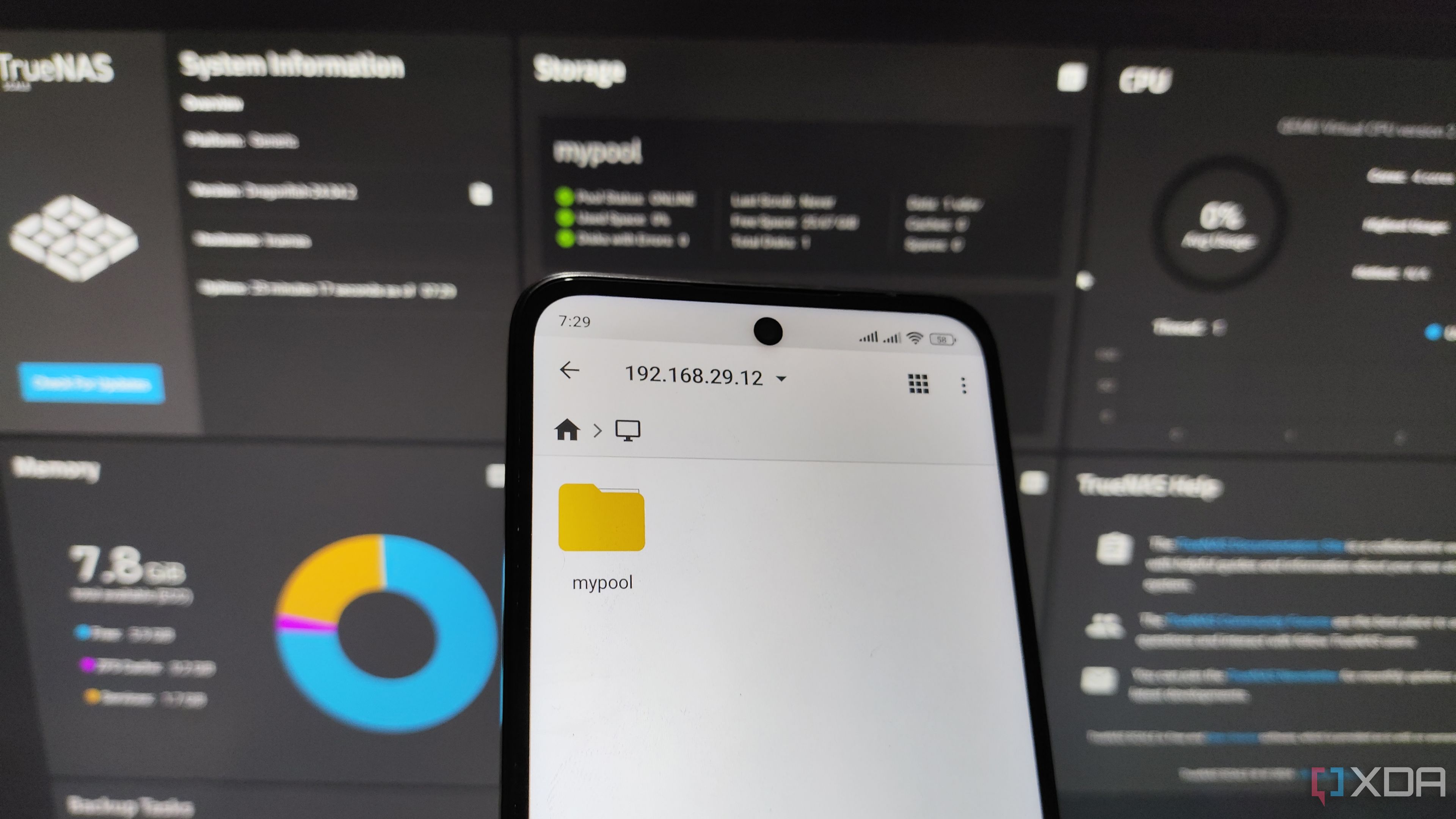
Related
How to access NAS on your Android or iPhone
Want quick and easy access to your NAS drives on Android or iPhone? Here's how
6 Built-in redundancy
Drive failure ≠ data loss
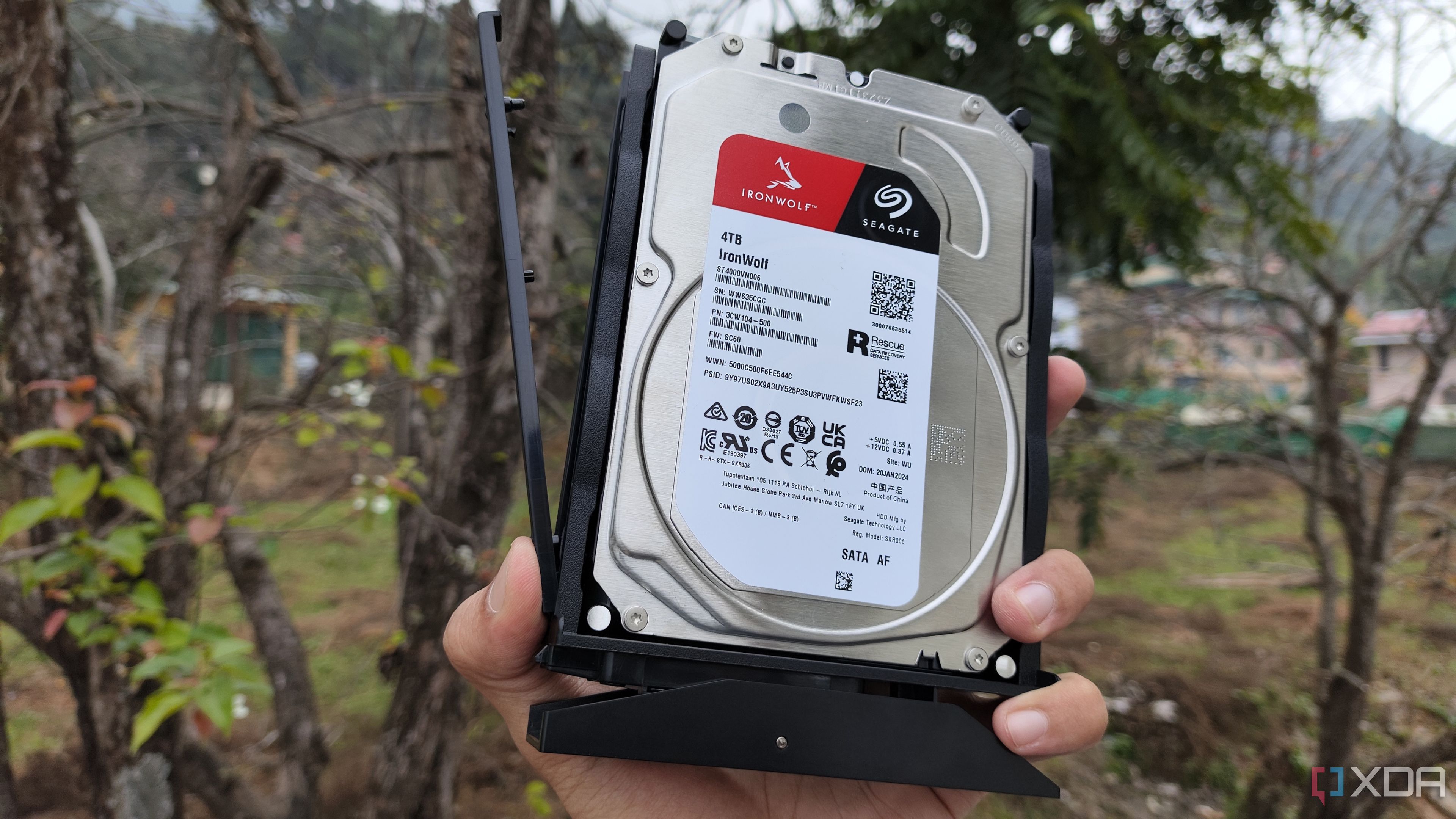
One of the biggest risks with external drives is failure. Hard drives are susceptible to damage, and if an external drive housing all your important data crashes — and you haven’t backed it up elsewhere — you could lose everything.
Most consumer NAS units have built-in tools to prevent that. They usually support multiple hard drives and RAID (Redundant Array of Independent Disks), which mirrors your data or spreads it across drives in a way that if one drive fails, your data is still safe. You just replace the faulty drive and carry on.
5 Automation and scheduled tasks
No more manually plugging the drive in
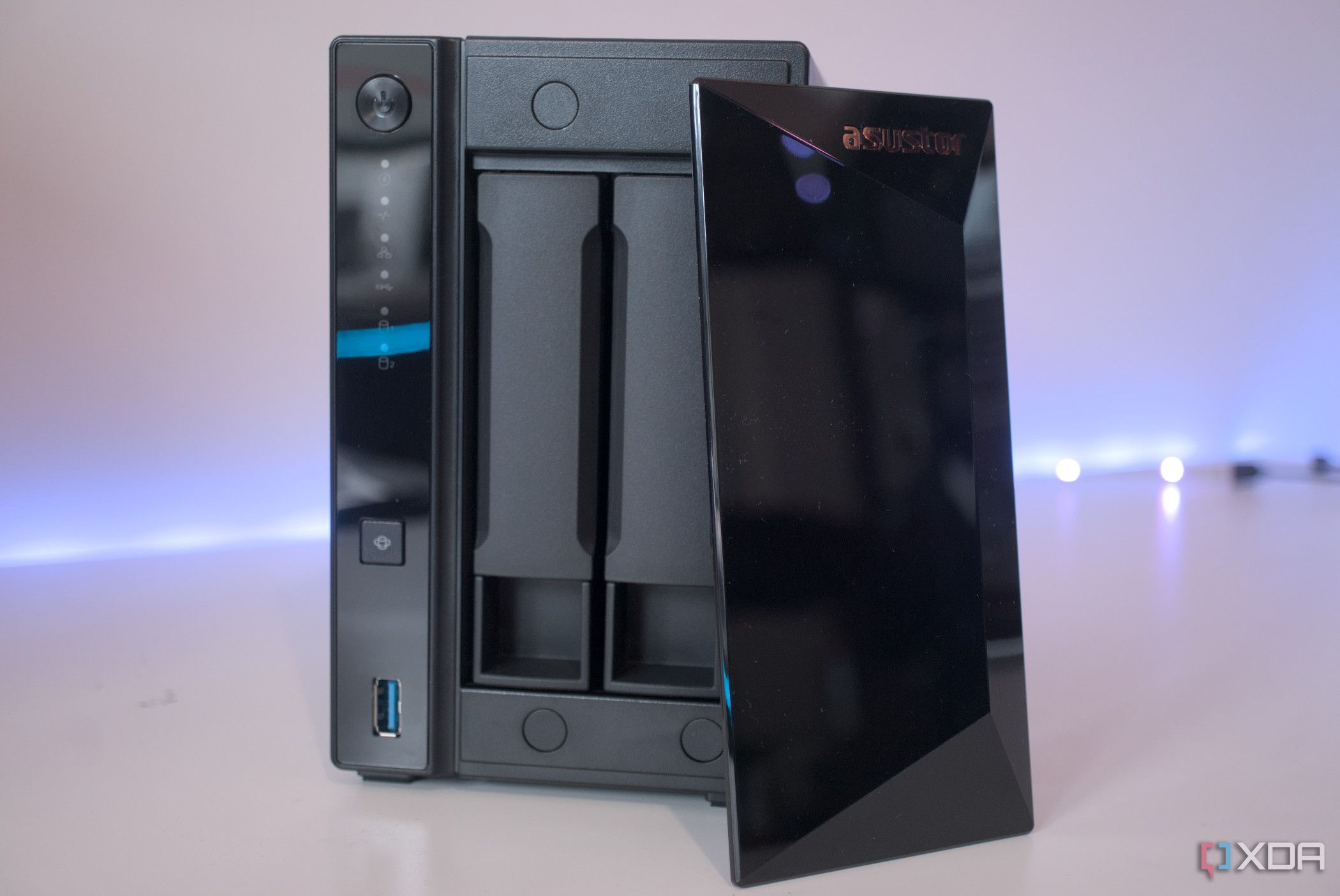
Backing up your data shouldn’t be something you have to remember to do — it should just happen in the background. With a NAS, you can set it up once and let it handle backups on a schedule. That could mean daily backups of your laptop, weekly photo syncs, or automatic archival of security footage — all without lifting a finger.
NAS systems are smarter than external drives because of the OS they run and the apps they support. Beyond backups, you can stream movies through Plex, host websites, sync with cloud services, and more. It’s a little box that does a lot of things.
4 Network file sharing
Complete with granular user permissions
With an external hard drive, you often end up physically passing it around to share files, like it’s the Stone Age. Cloud services are an alternative, sure, but they rely on the internet and may come with subscription fees and privacy concerns.
A NAS gives you local network file sharing that doesn’t touch the internet. You can create shared folders for specific people or devices. For example, everyone in the house can access the Family Photos folder, while your work documents stay visible only to you. You can even set passwords and restrict who can edit what. It’s a cleaner, more secure way to collaborate.
3 Smarter, safer backups
Your backups with ultra-tier security
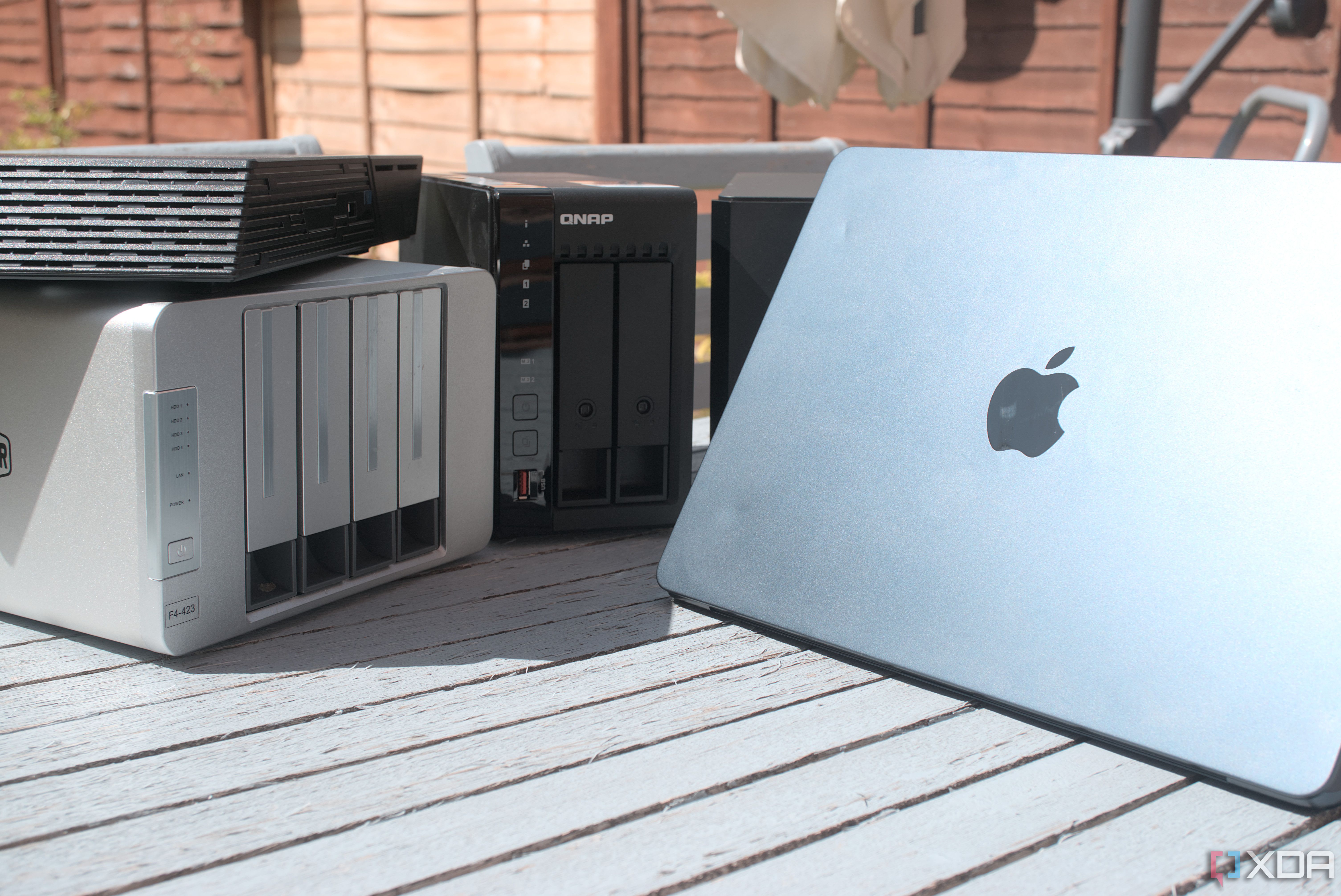
Backing up your files isn’t just about making a copy — it’s about doing it smartly. A NAS doesn’t just duplicate your files; it can track changes over time using versioning. So, if something gets deleted or overwritten, you can restore a previous version easily.
It also supports incremental backups, which means it only saves what’s changed since the last backup — not the entire drive all over again. That saves time, bandwidth, and a lot of second-guessing.
2 Cut the cable clutter
It’s all wireless, baby
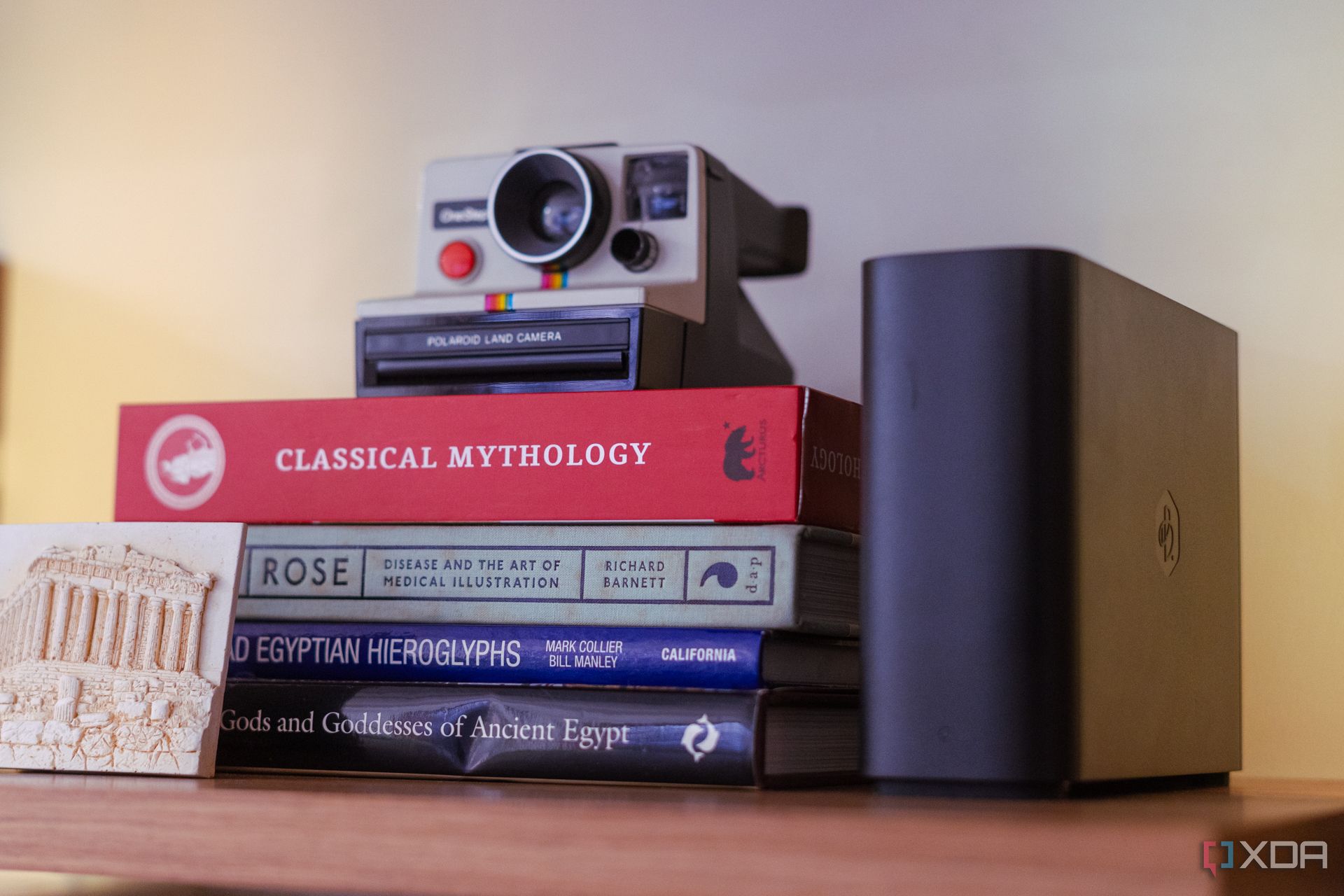
Using an external drive means being tethered to your laptop with a USB cable. And if multiple people need access, you’re constantly plugging and unplugging.
A NAS stays connected to your network 24/7. You can still opt for a wired connection for stability, but it can work completely wirelessly too, which means no messy cables on your desk or juggling devices. It just works in the background, quietly doing its thing.
1 Expandable and future-ready
You’re not stuck with what you started with
External drives come with a fixed amount of space. Once they’re full, your only option is to buy another one — and that cycle repeats forever unless you switch to a NAS.
Most NAS devices are built with expansion in mind. You can add more hard drives in the empty bays or swap in larger ones down the line. That means you’re not just solving your storage problem for today but building something that can grow with your needs.
Flatten the learning curve
A big reason people stick to external hard drives is because of how simple and familiar they are. A NAS, on the other hand, comes with a bit of a learning curve — especially if you or your family members aren’t that tech-savvy.
But it doesn’t have to stay that way. There are plenty of ways to make your NAS family-friendly — create shared folders, auto-sync phones, give your partner and kids their own access, and turn it into a central hub that works for everyone. Once it’s set up right, it becomes one of the most convenient and worthwhile tech investments you’ll make.
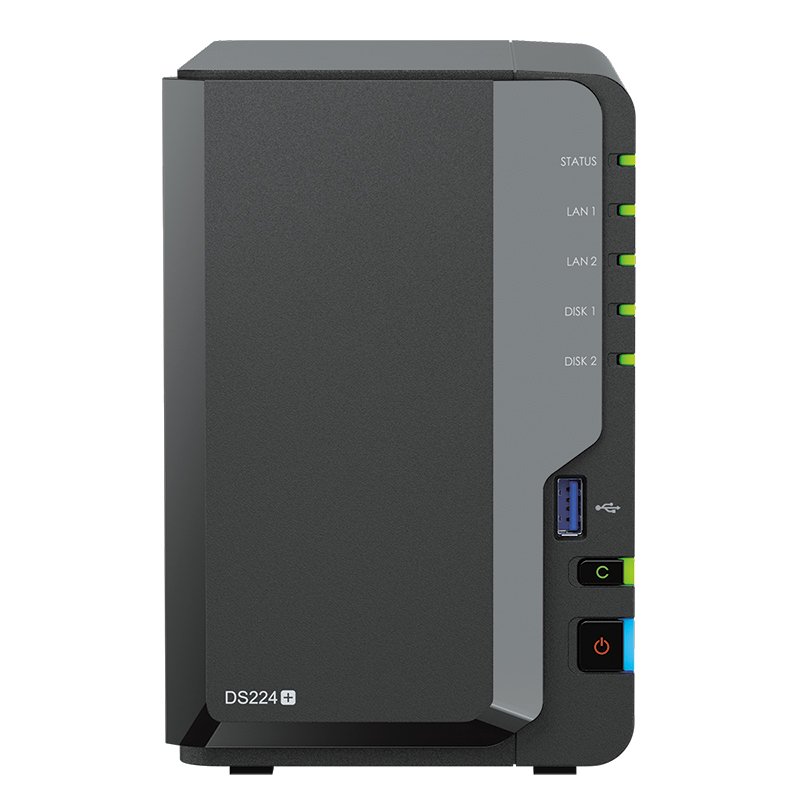
Synology DiskStation DS224+
The Synology DiskStation DS224+ is the direct successor to the popular DS220+, which was praised for the value it offered to consumers looking to buy their first enclosure. The DS224+ has an Intel Celeron processor, 2GB of DDR4 RAM, and support for Synology's excellent DSM operating system and catalog of apps.
.png)
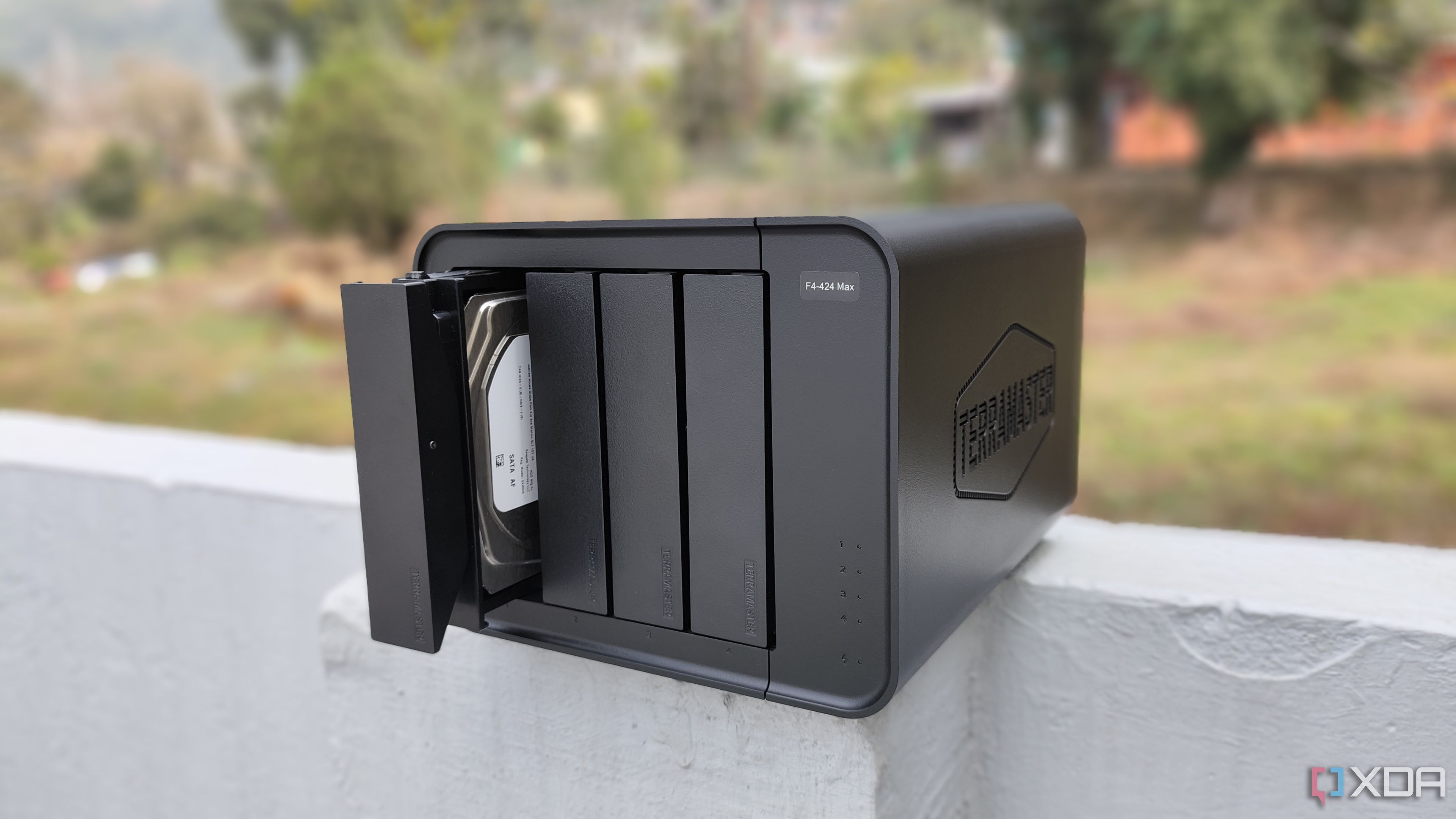
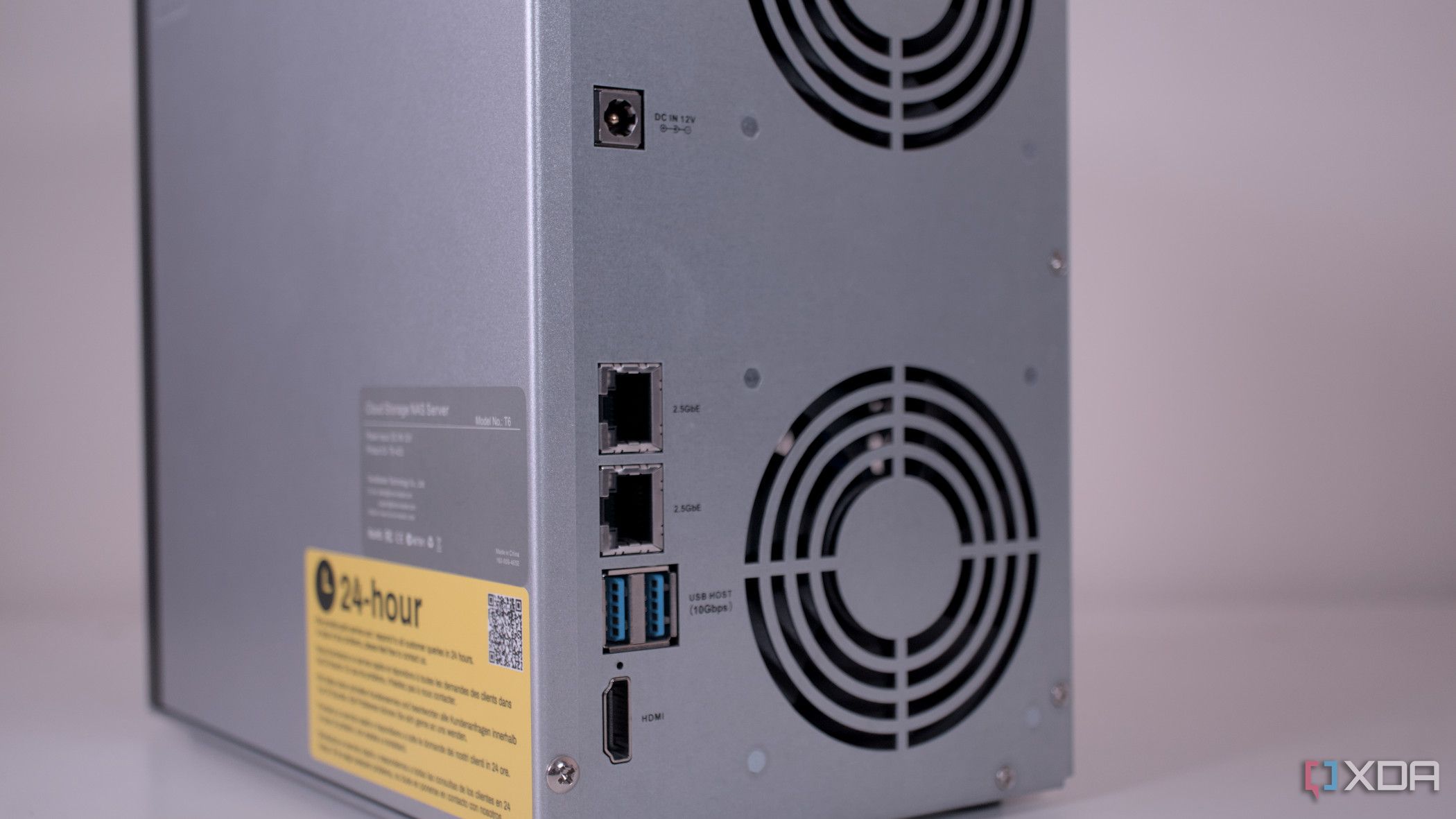
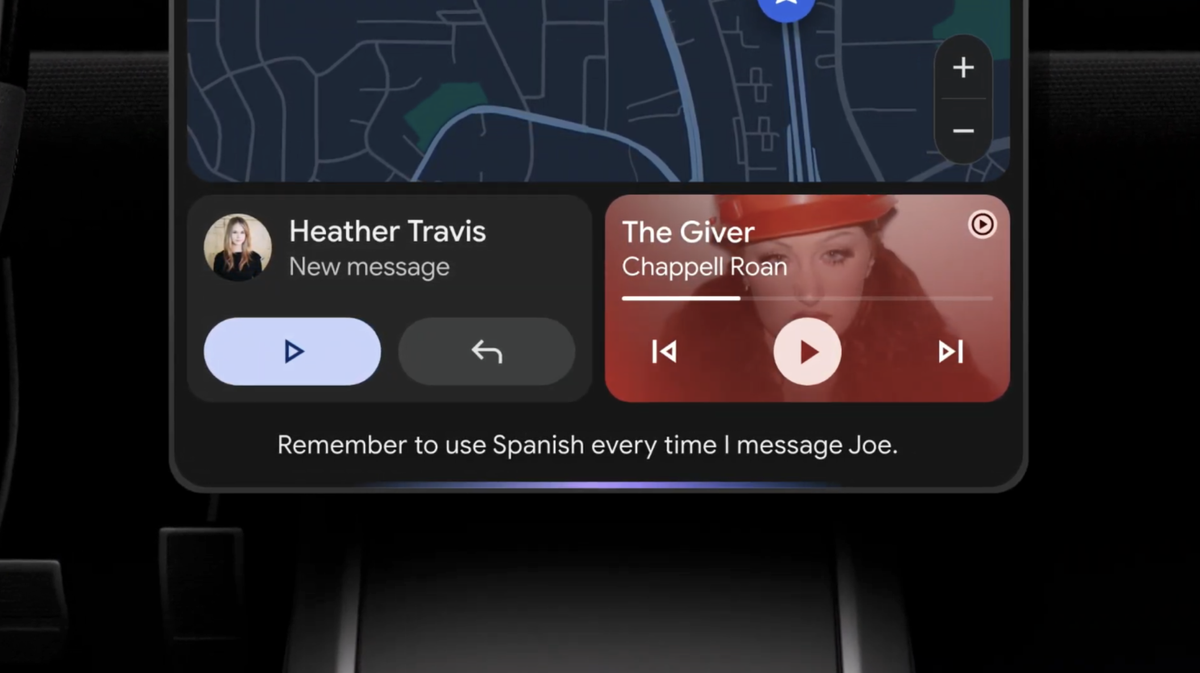

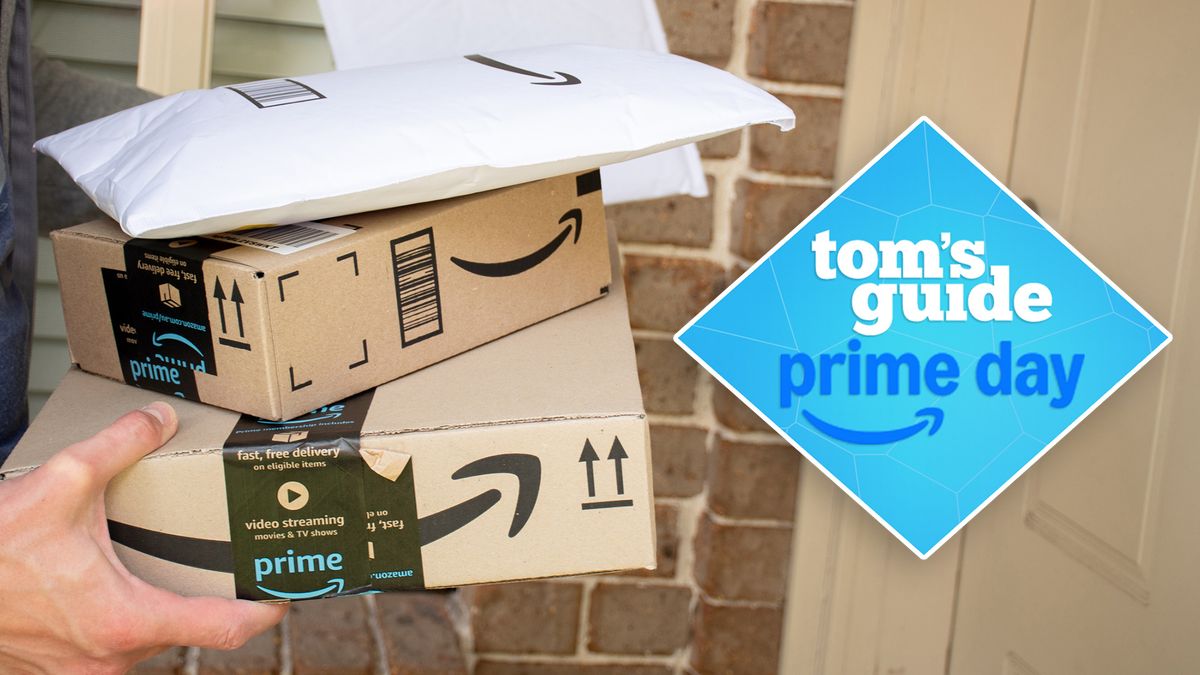
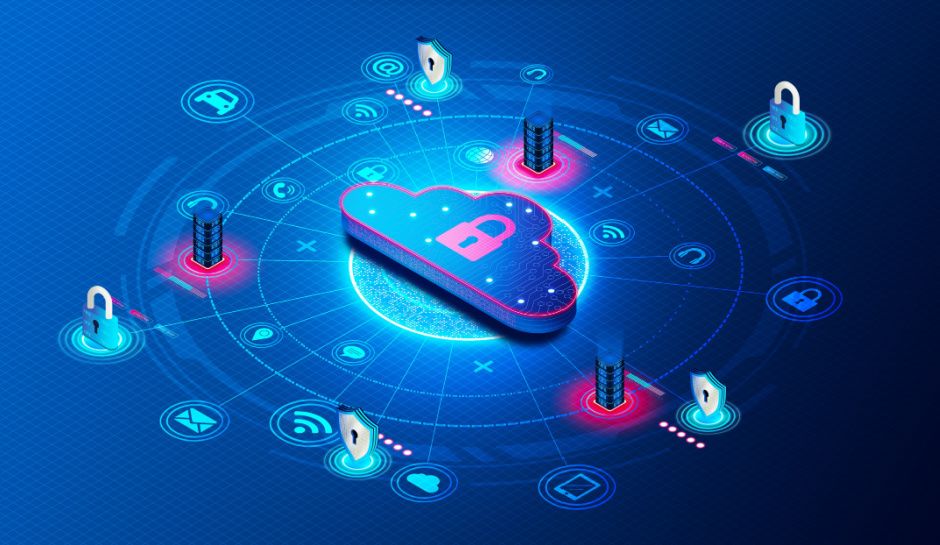
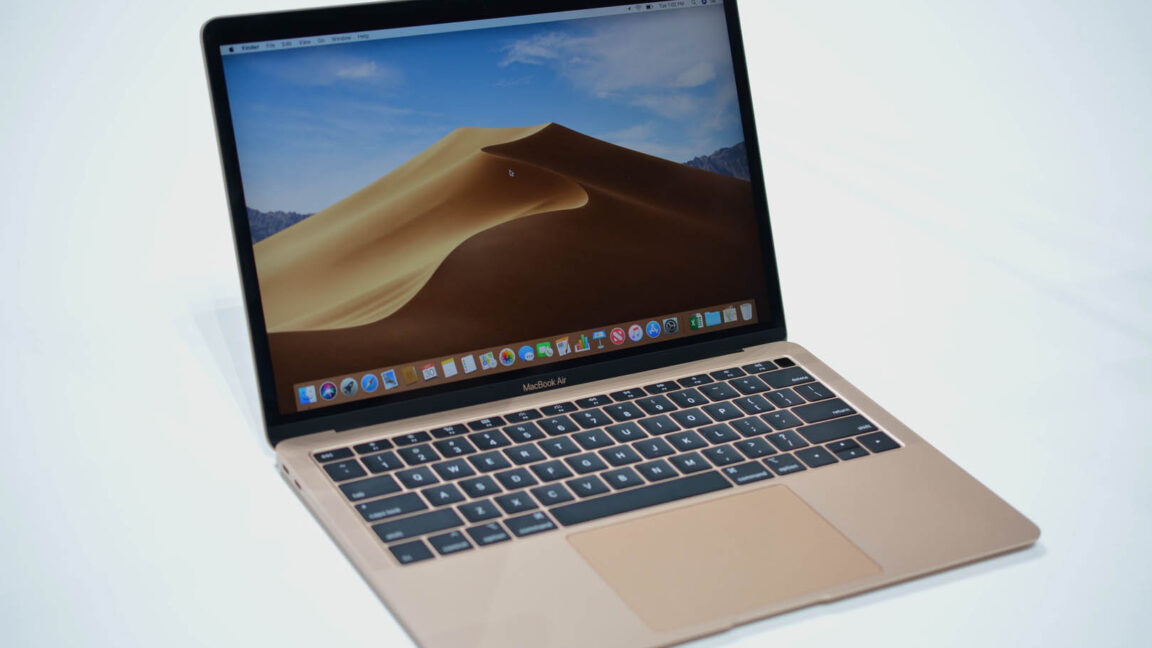





 English (US) ·
English (US) ·